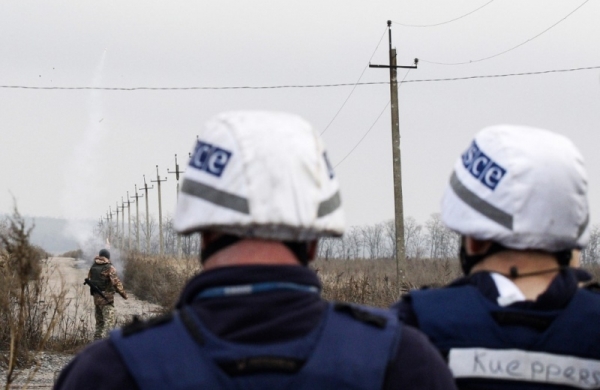1. Sudan
So far, Sudan reported more than 8,889 COVID-19 cases, including 487 deaths and 2,966 recoveries. Since the last update, fighting between two fractions of the Sudanese army continues in Central Darfur affecting also Médecins Sans Frontières (MSF)-supported health facilities, which faced violent attacks. The repeated attacks on health workers in Khartoum led to a temporary suspension of services at hospitals. According to the Sudan Doctors Committee, at least two dozen attacks on healthcare workers took place in April and May. The Prime minister’s office thus announced the creation of a police force to protect health facilities and tabled a draft bill aimed at providing protection for health workers. On 23 June, the United Nations Humanitarian Chief and Emergency Relief Coordinator, Mark Lowcock of IOM Sudan, launched a humanitarian plan to support t front-line life-saving health and water and sanitation programmes .
To learn more, please read:
2. Ukraine
Despite Ukrainian conflict actors recognised the Secretary General call for a ceasefire, they keep on fighting regardless. Hence, earlier this month, the United Nations Children’s Fund (UNICEF) re-called all parties to the conflict to join the global ceasefire and end the six years-long conflict. Due to the pandemic, families in Ukraine are living under lockdown since March and the movement restrictions are making life for those living in conflict-affected zones even more difficult. In May there have been 10 conflict-related child casualties, with six children injured at home after their villages came under shelling. Moreover, UNICEF expresses concern on the school closure due to the pandemic as it left many children with no real possibility to continue their education because of limited access to necessary equipment and internet connectivity. Since the beginning of conflict in 2014, UNICEF has estimated that over 750 education facilities have been damaged or destroyed by shelling. The Organization for Security and Cooperation in Europe (OSCE) Special Monitoring Mission daily report issued on 23 June documented ceasefire violations in Donetsk region and a sharp increase in Luhansk region.
To learn more, please read:
https://www.hrw.org/news/2020/06/23/open-letter-un-secretary-general-children-and-armed-conflict
https://reliefweb.int/report/world/what-s-happened-un-secretary-general-s-covid-19-ceasefire-call







